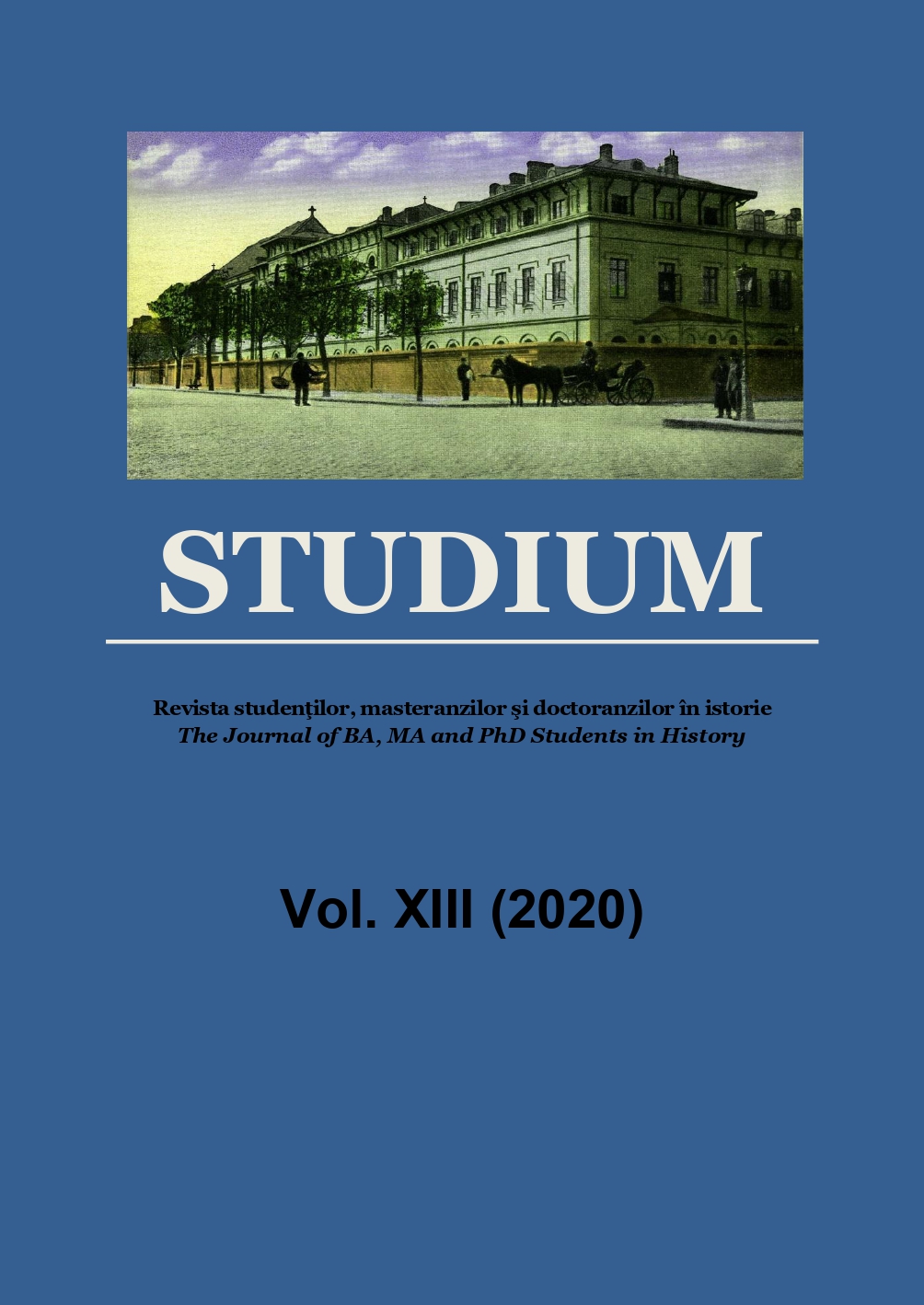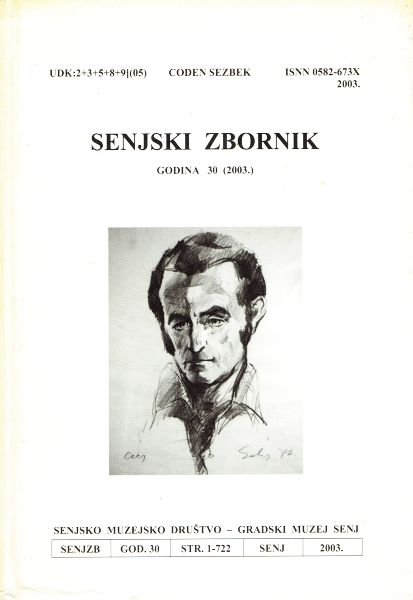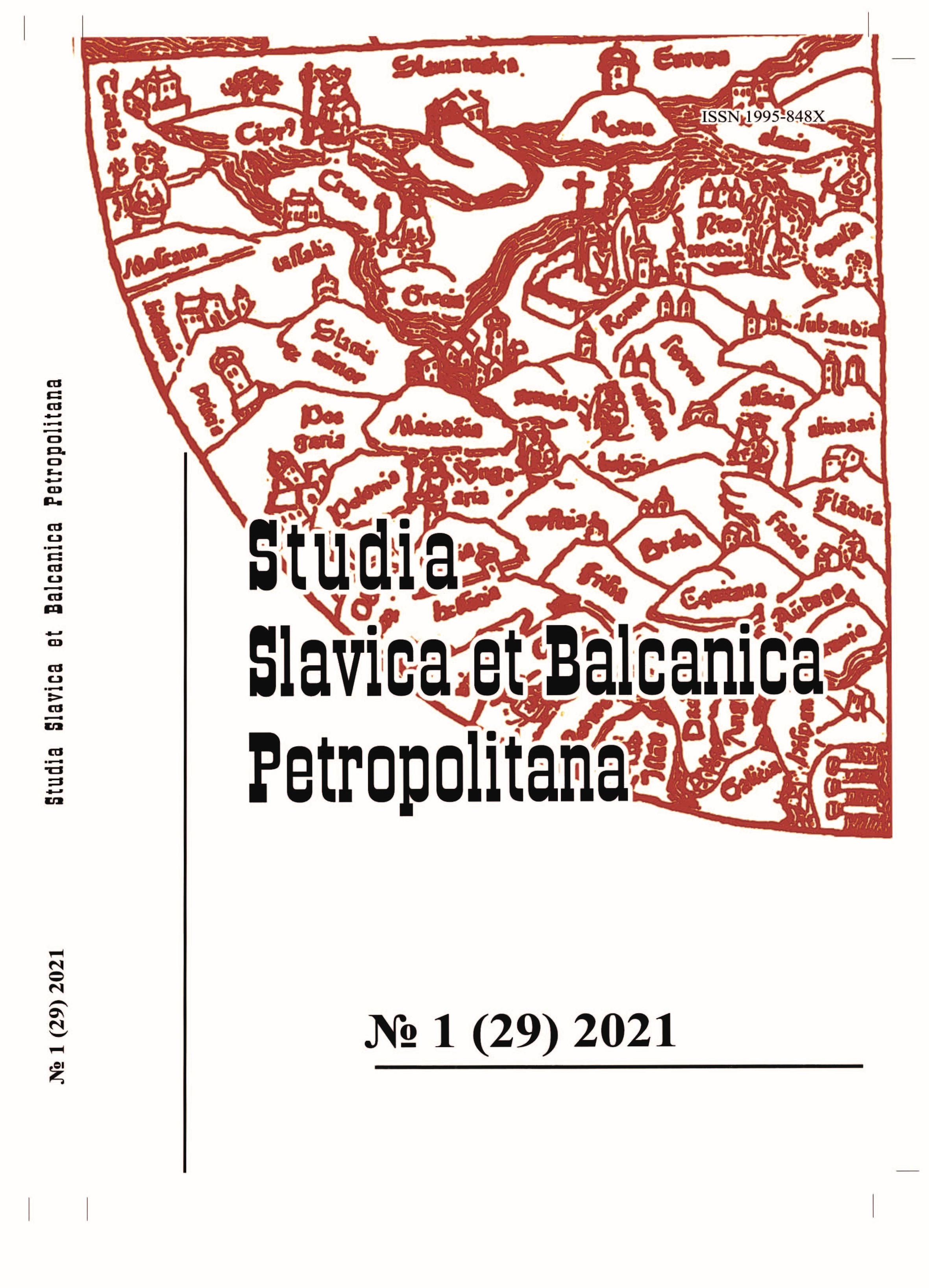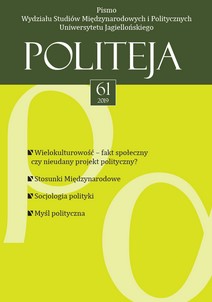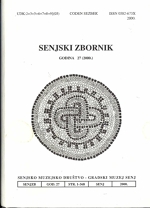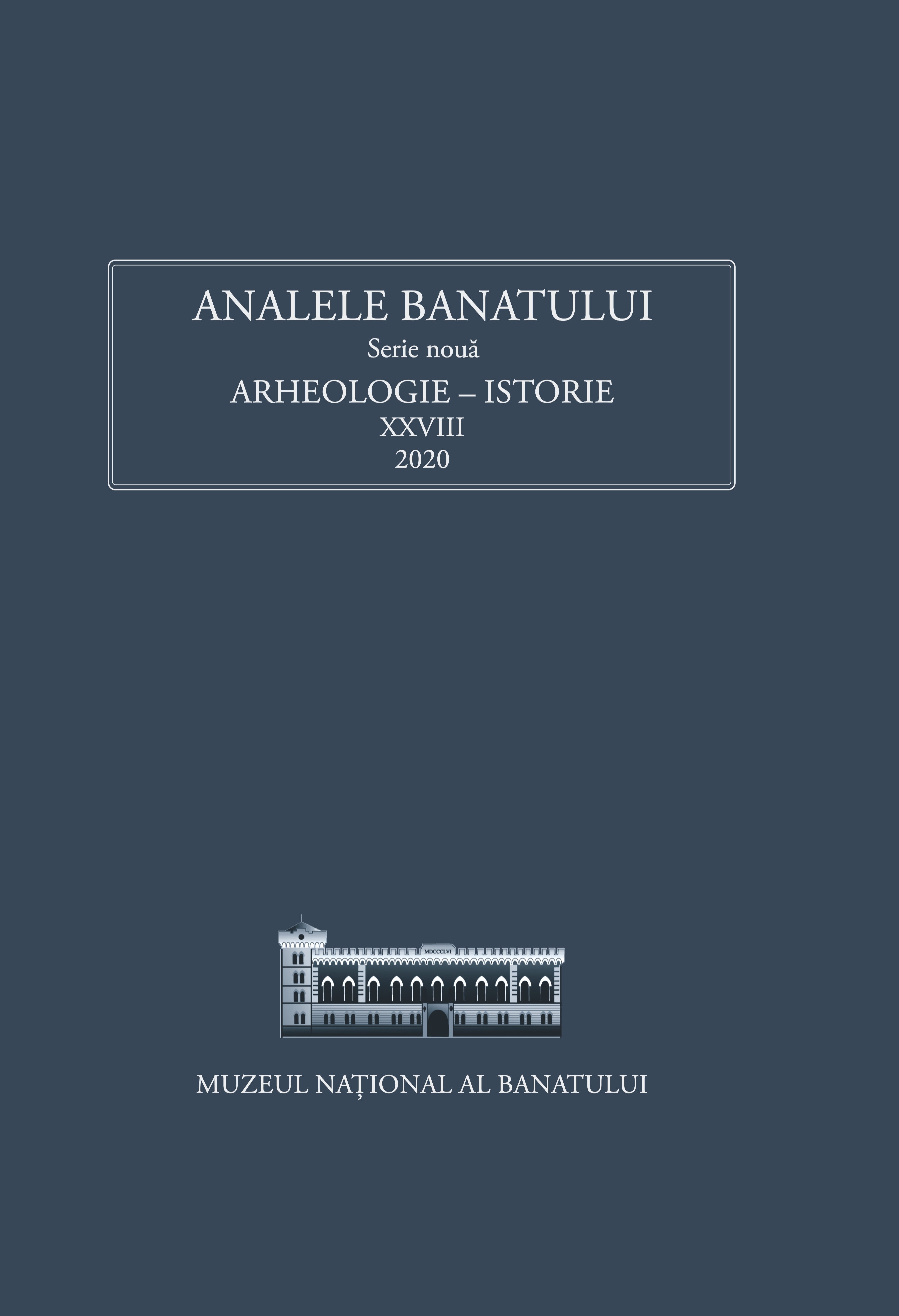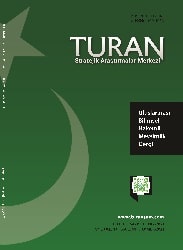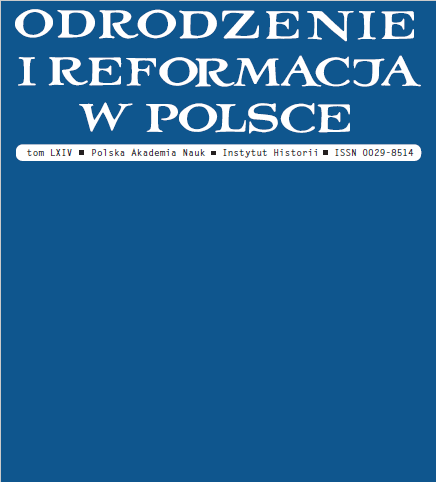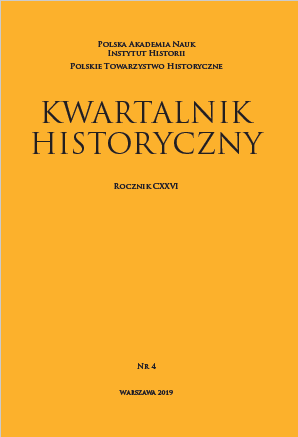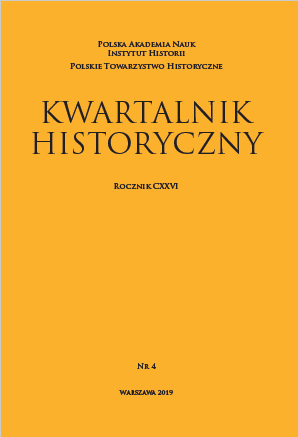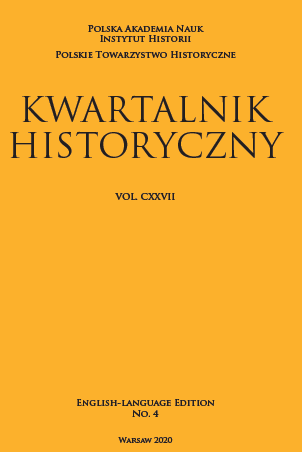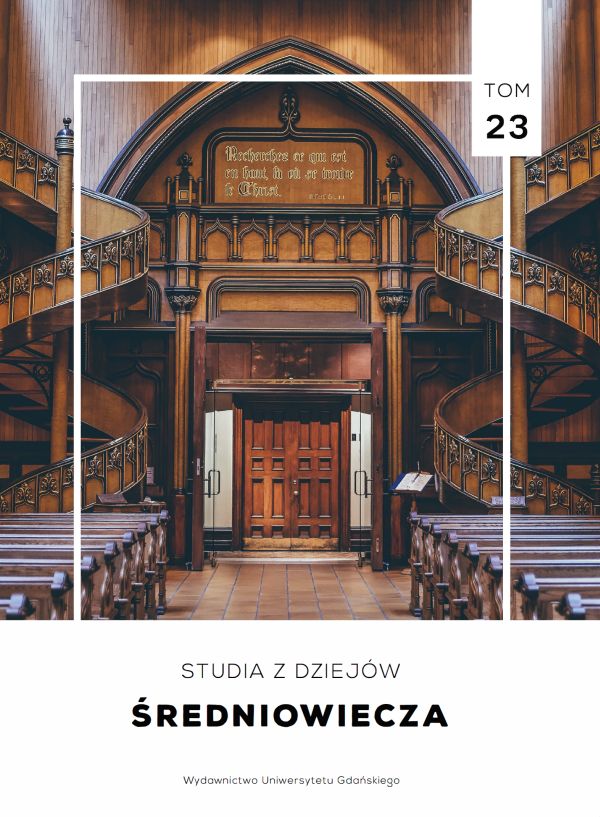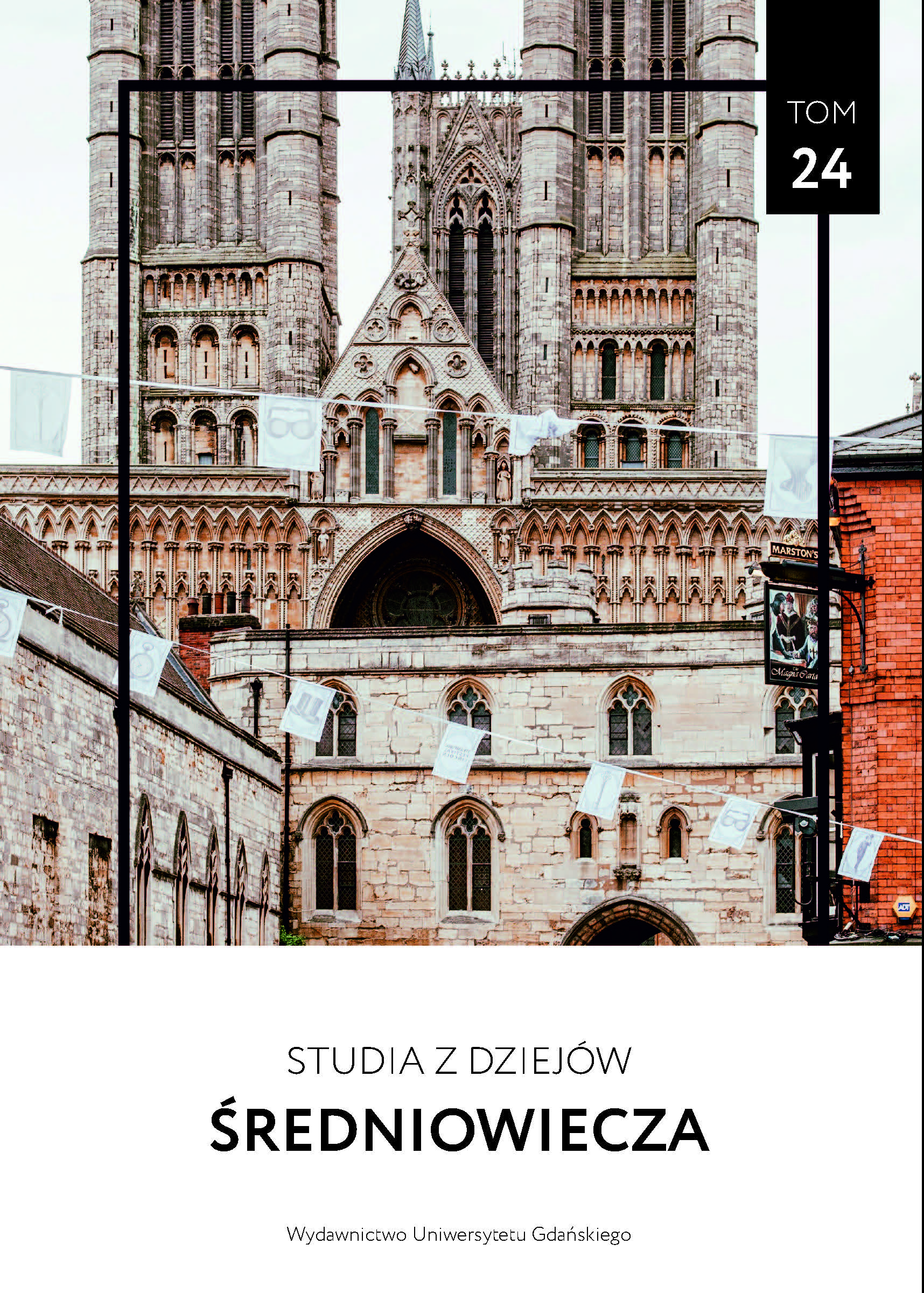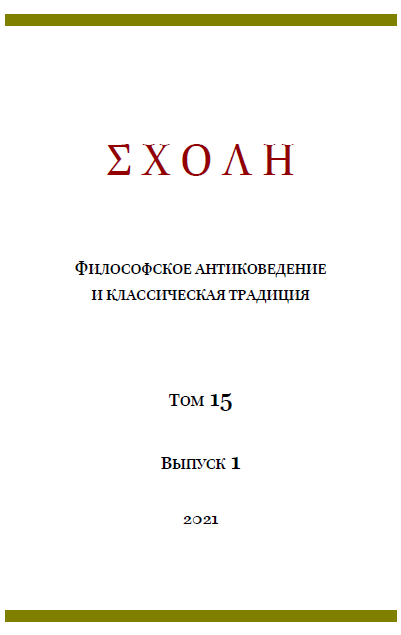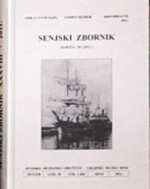
Grbovi senjskih Rittera Vitezovića i heraldika u djelima Pavla Rittera Vitezovića
In the article the author describes the well-known noble of Senj, the Ritter-Vitezovićs, which as an old knight's noble family, who since 1365 has had genealogy and a noble coat of arms with the agnomen of "von Frendorf", began in the 16th century from Alsace, where itbelonged to ancient aristocracy, and then moved to Senj. One branch of the family went to the Czech Republic also from where the Senj branch of Ritter-Vitezovi!s originates. In the paper is presented the old family coat of arms and the arms from the grant of nobility and herald from 1652. The Ritter family in Senj very early on Croatized its old surname and carried the surname Vitezović. They received nobility and the coats of arms on 15th October 1652 from King Ferdinand III in Prague. Nobility and coat of arms were granted to Antun Ritter Vitezović, his wife Doroteja, brothers Juraj and Ivan, and son Pavao, who was born that year. The nobility of the Ritter-Vitezovićs was announced and confirmed in the Croatian parliament. The first to move to Senj was Antun Ritter, who was a sergeant at the Nehaj fortress and had the title of prince and who was also provost-marshal in Ledenice, and who participated in battles near Klis in 1537. Certainly one of the most prominent members of this family was Pavao Ritter Vitezović, who was born in Senj on 12th January 1652, and went to school in Senj and Zagreb. He was anhistorian, archivist, heraldist, cartographer, printer, poet and a representative of Senj in the Hungarian-Croatian parliament in Bratislava. He worked and taught with Kranjska Baron I.W. Valvasor in Bogenšperk in Kranjska. Besides literature he was also involved in auxiliary historical sciences, especially genealogy, heraldry and sphragistics. He wrote a collection of socalled Illyrian heralds under the title of Stemmatographia, sive armorum Illyricorum delineatio, descriptio et restitutio, which was printed in Vienna in 1701, with a second edition being printed in Zagreb in 1702. Vitezovi! was the first in Croatia to introduce heraldry terminology in Latin and to set the importance of colours into heraldry, and his interest in heraldry was crucial for his stay with Valvasor in Kranjska. In the collection of Count Marsiglija in Bologna a manuscript written by Vitezovi! under the title of Regnorum et proviciarum Illyricorum insignia genuina was found. He is the founder of Croatian nation-building ideas and the forerunner of the national revival amongst Croats, he also wanted to achieve unity in spelling and language. Due to his great service in battle against the Turks he was twice awarded with the decoration of Golden Imperial Knight (eques aureatus). He was the founder and owner of “Zemaljske tiskare” press in Zagreb, and he died far away from his homeland and descendants in complete poverty on 20th January 1713 in Vienna, where he was also buried.
More...
